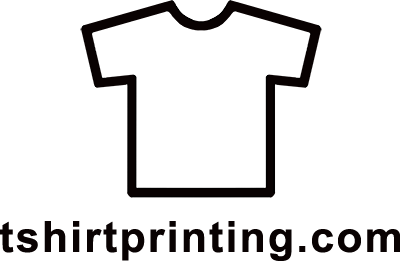T-shirt printing has evolved from a simple method of transferring images onto fabric to a dynamic industry offering a myriad of possibilities for self-expression, marketing, and artistic creation. Whether you want to create custom designs for personal use or start your own clothing brand, understanding the techniques and technologies behind t-shirt printing is essential. In this comprehensive guide, we’ll explore the world of t-shirt printing, from the basics to the latest innovations.
Chapter 1: Understanding the Basics
Before diving into the various methods of t-shirt printing, it’s crucial to understand the fundamentals:
1.1 Fabrics and Textiles: The choice of fabric plays a significant role in the success of your t-shirt printing project. Cotton, polyester, and blends are the most common choices. Each fabric type has its unique characteristics, affecting how ink adheres and the final print quality.
1.2 Printing Methods: There are several t-shirt printing methods, each with its advantages and limitations:
-
Screen Printing: A traditional method that produces vibrant, long-lasting prints. Ideal for large batches.
-
Direct-to-Garment (DTG) Printing: Perfect for intricate designs and small print runs, as it works similar to an inkjet printer.
-
Heat Transfer Printing: Involves transferring a design from a special paper onto the fabric using heat and pressure.
-
Vinyl Printing: Uses heat to transfer pre-cut vinyl designs onto the fabric.
-
Sublimation Printing: Transforms ink into a gas that bonds with polyester fibres, resulting in a permanent, high-quality print.
Chapter 2: Screen Printing
Screen printing is a popular choice for t-shirt printing due to its durability and versatility. Here’s what you need to know:
2.1 Equipment: To get started with screen printing, you’ll need a screen, squeegee, ink, and a printing press.
2.2 Process: The screen is prepared with a stencil of your design, and ink is pushed through the screen onto the fabric. Each colour in your design requires a separate screen.
2.3 Pros and Cons: Screen printing offers excellent colour vibrancy and durability but can be time-consuming and costly for small batches.
Chapter 3: Direct-to-Garment (DTG) Printing
DTG printing is a relatively newer technology that offers precise and detailed prints:
3.1 Equipment: A DTG printer, pre-treatment solution, and specialized ink are essential for DTG printing.
3.2 Process: The pre-treatment solution is applied to the fabric to ensure the ink adheres properly. The DTG printer then precisely applies the ink to create your design.
3.3 Pros and Cons: DTG printing is excellent for detailed and colourful designs but can be expensive for large batches and may have limitations on fabric types.
Chapter 4: Heat Transfer Printing
Heat transfer printing is a versatile method often used for custom designs:
4.1 Equipment: You’ll need transfer paper, a heat press machine, and appropriate ink for heat transfer.
4.2 Process: Your design is printed onto transfer paper and then heat-pressed onto the fabric, transferring the design.
4.3 Pros and Cons: Heat transfer printing is quick and ideal for small quantities, but the prints may not be as durable as other methods.
Chapter 5: Exploring Innovations
The world of t-shirt printing is continually evolving. Some of the latest innovations include:
5.1 Sustainable Printing: Environmentally conscious consumers are driving the demand for eco-friendly printing options, like water-based and discharge inks.
5.2 3D Printing: Emerging technologies are enabling 3D-printed designs on fabric, opening up new possibilities for customization.
5.3 Smart Textiles: Integrating electronics and sensors into fabric opens doors to interactive and functional clothing.
Conclusion
T-shirt printing is a dynamic industry that allows individuals and businesses to bring their creative visions to life. Whether you choose traditional screen printing, the precision of DTG printing, or the versatility of heat transfer, understanding the basics and staying informed about innovations will help you make the most of this exciting field. So, roll up your sleeves, embrace your creativity, and start printing those custom t-shirts today!

